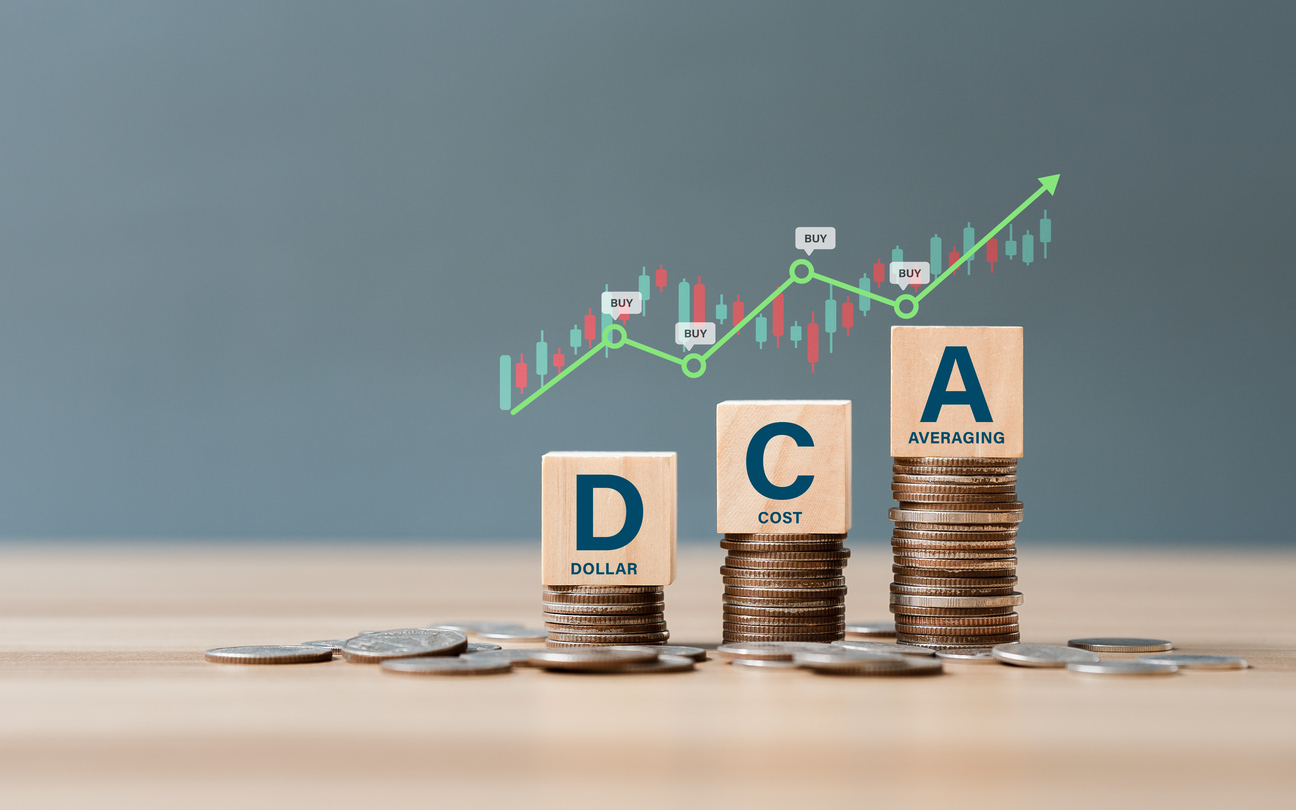To DCA or Not to DCA – Is It Even a Question?


“Markets gonna market.” What does that even mean?
It’s a fun little saying that echoes off the walls in our offices from time to time. And it’s a play off the phrase “people gonna people,” which is shorthand for “people are gonna do what people are gonna do.” A verbal shrug of the shoulders, if you will.
So when we say “markets gonna market,” what do we mean? We at Yeske Buie mean that financial markets are going to process information continuously in an effort to establish the fair market value of the assets being traded. And that, over the long run, the prices of those assets are going to increase, and values are going to rise, and returns are going to be positive.
It’s just that “over the long run” means different things to different people, and sometimes markets don’t rise in the short run.
And it’s the fear of what markets may do in the short run that informs a dilemma many investors face at some point in their lives: how to invest a lump sum of cash. All at once? Or in installments? There appear to be benefits on both sides. Let’s explore.
Dollar-Cost Averaging
When investors use this approach, they build an investment plan that enables them to put money into financial markets on a systematic schedule. Generally, this is done on a monthly basis for a period that allows for a substantial amount of money to be invested in equal installments, smoothing out the entry-point of the overall investment by averaging the purchase price over the period. For example, let’s say you have $1,000,000 to invest – you could build a plan that invested $200,000/month for five months, and as the market fluctuated over that period, your entry point would be the average of the price levels on each of the five days you invested a portion of the overall lump sum.
This approach is attractive when we think about markets declining over the investment period – by not investing all at once, a portion of the initial lump sum is shielded from the negative trajectory of markets at that time and doesn’t lose value while being parked in cash. In the short run, your returns are improved relative to investing all at once.
But what if markets rise during the period?
And how does an approach like this compare to investing all at once, at least in the long run?
Lump-Sum Investing
The evidence is clear: lump-sum investing is actually the more effective approach, albeit not by an overly significant margin according to historical data. And it’s not just us who is saying so:
- “…given the cost of holding cash for extended periods, most investors…should invest a lump sum immediately.” (Vanguard)
- “Lump-sum investing may generate slightly higher annualized returns than dollar-cost averaging as a general rule.” (Morgan Stanley)
- “…the best action long-term investors can take, based on our analysis, is to…consider investing as soon as possible…” (Schwab)
And it makes sense – as the saying goes, “time in market matters more than market timing.” And that aligns with our worldview and fundamental belief that markets are going to rise in the long run. So, more days in the market allow for more opportunities to capitalize on that upside potential.
And yet, it may surprise you to hear that we often do NOT invest our Clients’ significant deposits all at once. Wait, but why?
A Blended Approach
If you’ve spent any time talking with any of the financial planners on our team and had the opportunity to ask an either/or question, it’s likely you’ve been met with an answer that begins with this phrase: “It depends…”
The process of managing risk by deciding which investment approach best fits a Client’s needs must include an understanding of said Client’s risk profile. We think about a risk profile as having three components:
- Risk Tolerance: Refers to the trade-offs that an individual is willing to make when faced with uncertain outcomes.
- This tends to be a stable characteristic that shifts only slightly over long periods of time.
- Risk Perception: Represents an individual’s perception of what the trade-offs actually look like in the current environment.
- This characteristic is more unstable and can vary widely as a consequence of changing external circumstances. Risk perception can be stabilized through the accumulation of experience and/or education.
- Risk Capacity: Refers to the availability of resources that can mitigate financial risks.
- For example, an individual can increase their risk capacity by receiving multiple stable sources of income or by building significant cash reserves. This is something that can be improved through financial planning.
As financial planners, it is our job to build an investment plan that specifically addresses each of these three components in a way that enables our Client to feel comfortable with their plan. And our assessment of each component is a critical factor in determining which approach (lump sum vs. DCA) is a better fit, and can also inform how aggressive or conservative a DCA plan may be if that’s the chosen path (to reference the earlier example, a more conservative timeline would be 10 installments of $100,000 to invest $1,000,000).
And so we ask again, to DCA or not to DCA? Which is a nobler path to suffer is irrelevant (we do not apologize for on-the-nose references so much as we celebrate them), but even after considering the data, we confidently place ourselves squarely in the middle: it depends. And yet we are ever grateful to have both arrows in our quiver as we take arms against the seas of troubles markets put forth.
After all, markets just gonna market anyhow. And in the long run, that’s a good thing – no question.
